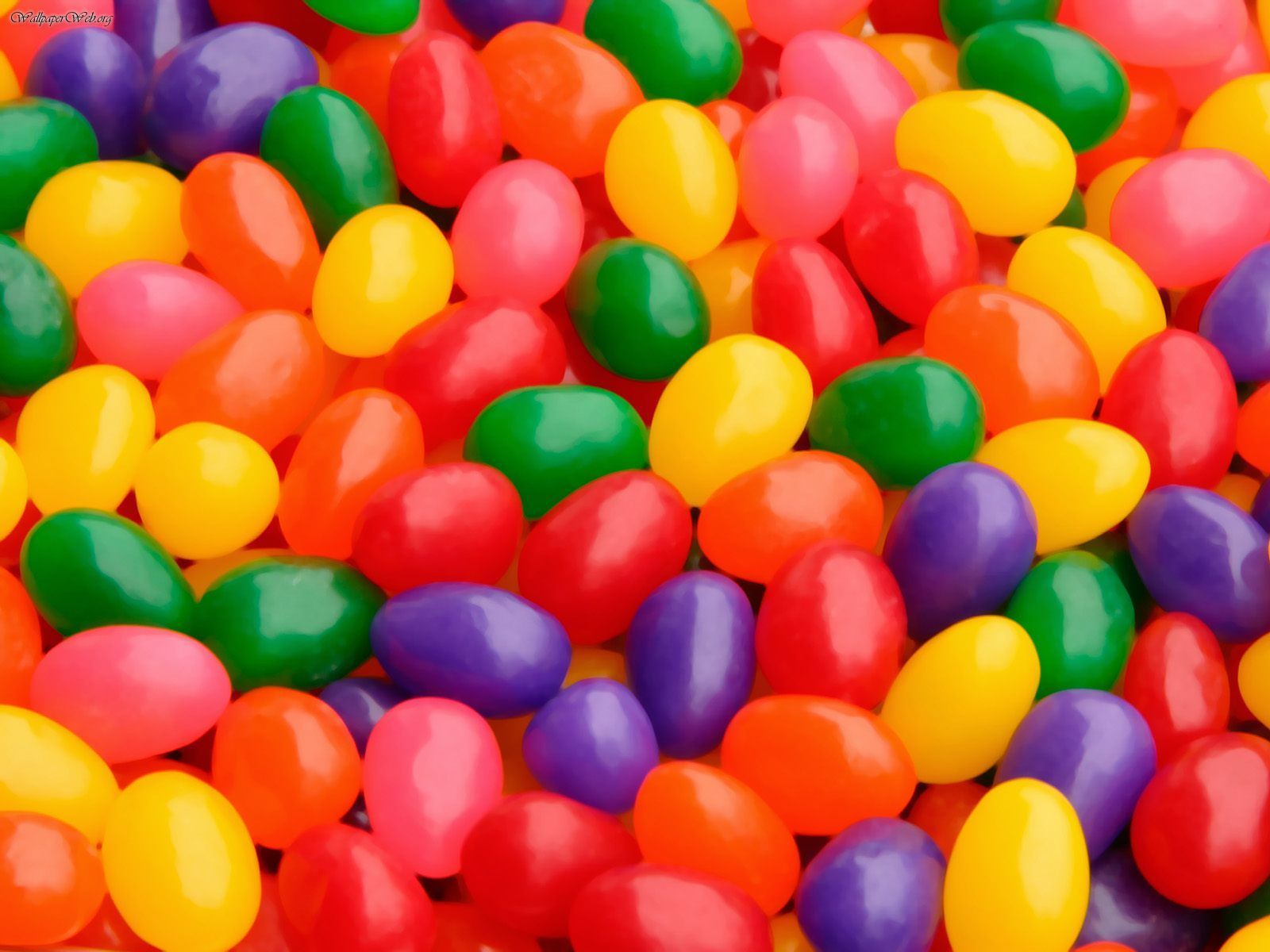Exploring The Sweet World Of Jellybeans: A Comprehensive Guide
Jellybeans have long been a beloved treat, captivating candy enthusiasts of all ages. These colorful, chewy confections come in a myriad of flavors, making them a staple in candy stores and a popular choice for celebrations and holidays. In this article, we will delve into the fascinating history, varieties, and cultural significance of jellybeans, while also providing tips for enjoying and utilizing them in creative ways.
From their humble beginnings to their rise as a festive favorite, jellybeans have a rich history that reflects changes in society and taste. This guide aims to provide not only a detailed overview of jellybeans but also to explore their impact on culture and the economy. Whether you're a long-time fan or new to the world of jellybeans, there’s something here for everyone!
Join us as we journey through the sweet universe of jellybeans, uncovering everything from their origins and production methods to fun recipes and interesting facts. Let’s get started!
Table of Contents
- 1. The History of Jellybeans
- 2. Varieties of Jellybeans
- 3. How Jellybeans are Made
- 4. Cultural Significance of Jellybeans
- 5. Health Aspects of Jellybeans
- 6. Creative Uses for Jellybeans
- 7. Fun Facts About Jellybeans
- 8. Conclusion
1. The History of Jellybeans
The origins of jellybeans can be traced back to the 19th century, with their popularity skyrocketing in the early 20th century. Initially, jellybeans were made using a technique that involved sugar panning, which is still used today. Here are some key points in the history of jellybeans:
- 1850s: The first known recipes for jellybeans appeared in American candy cookbooks.
- 1930s: Jellybeans became a popular candy during the Great Depression due to their affordability.
- 1940s: The iconic jellybean became associated with Easter, thanks to its egg-like shape.
- 1980s: The jellybean industry saw a surge in popularity with the introduction of gourmet flavors.
2. Varieties of Jellybeans
Jellybeans come in an extensive array of flavors and varieties. From traditional fruit flavors to more adventurous options, the choices seem endless. Here are some popular types:
- Classic Fruit Flavors: Cherry, lemon, orange, and grape.
- Gourmet Jellybeans: Unique flavors such as buttered popcorn, toasted marshmallow, and even spicy flavors.
- Seasonal Varieties: Holiday-themed jellybeans, including pumpkin spice for Halloween and peppermint for Christmas.
- Specialty Jellybeans: Sugar-free and organic options cater to health-conscious consumers.
3. How Jellybeans are Made
The production of jellybeans involves several intricate steps that ensure their unique texture and flavor. Here’s a brief overview of the jellybean manufacturing process:
- Cooking: Sugar, corn syrup, and flavoring ingredients are cooked together to create a syrup.
- Panning: The syrup is poured over a core, usually a small candy or starch, and rotated in a large pan to build layers.
- Drying: After several layers are applied, the jellybeans are dried to form a hard outer shell.
- Coating: Finally, they are coated with a thin layer of wax for shine and protection.
4. Cultural Significance of Jellybeans
Jellybeans hold a special place in various cultural traditions and celebrations. Their bright colors and fun shapes make them a favorite for:
- Holidays: Jellybeans are synonymous with Easter celebrations, often hidden in Easter eggs.
- Gifts: They are popular as gifts in decorative jars or as part of candy buffets at weddings and parties.
- Pop Culture: Jellybeans have been featured in movies, TV shows, and books, enhancing their appeal.
5. Health Aspects of Jellybeans
While jellybeans are primarily enjoyed as a treat, it's essential to be mindful of their nutritional aspects:
- Ingredients: Most jellybeans contain sugar, corn syrup, and artificial flavors or colors.
- Moderation: Due to their sugar content, jellybeans should be consumed in moderation.
- Allergens: Some jellybeans may contain allergens, so it's crucial to check labels for those with dietary restrictions.
6. Creative Uses for Jellybeans
Jellybeans are not just for snacking; they can be used in various creative ways, including:
- Decorations: Jellybeans can be used to embellish cakes, cupcakes, and other desserts.
- Games: Jellybean guessing games are a fun activity for parties.
- Crafts: They can be used in arts and crafts projects, such as jellybean mosaics.
7. Fun Facts About Jellybeans
Here are some interesting tidbits about jellybeans that you might not know:
- The largest jellybean ever made weighed over 4,000 pounds!
- In the United States, jellybeans are especially popular during the Easter season.
- Some jellybean flavors have inspired entire candy lines, like the Bertie Bott’s Every Flavor Beans from Harry Potter.
8. Conclusion
Jellybeans are more than just candy; they are a delightful part of many traditions, celebrations, and personal memories. From their rich history to their wide variety of flavors, jellybeans continue to enchant candy lovers around the world. We encourage you to explore the fascinating world of jellybeans, try new flavors, and incorporate them into your celebrations. If you enjoyed this article, please leave a comment, share it with your friends, and check out our other articles for more sweet insights!
Thank you for joining us in this sweet exploration of jellybeans. We hope to see you back here for more delicious content!
Ryan Lochte Gay: Exploring The Life And Legacy Of A Swimming Icon
Is Ellen And Portia Getting A Divorce? A Comprehensive Look Into Their Relationship
Fashion Week Highlights: The Kardashian And Jenner Family Tree


